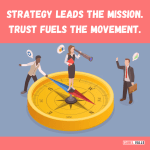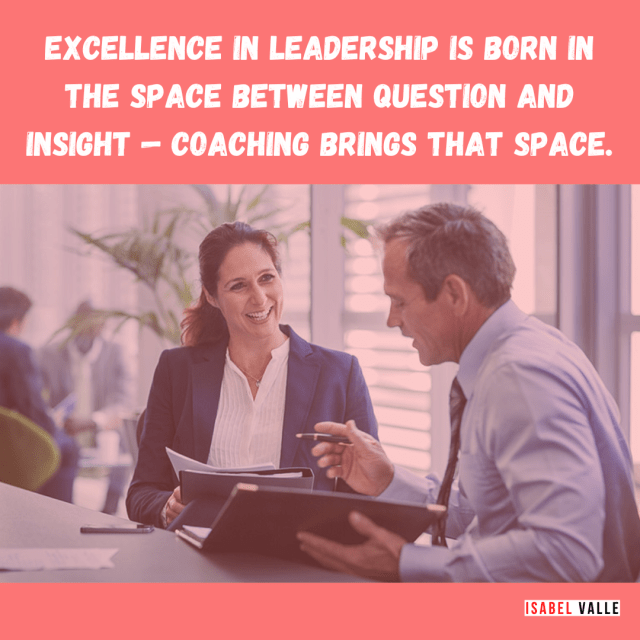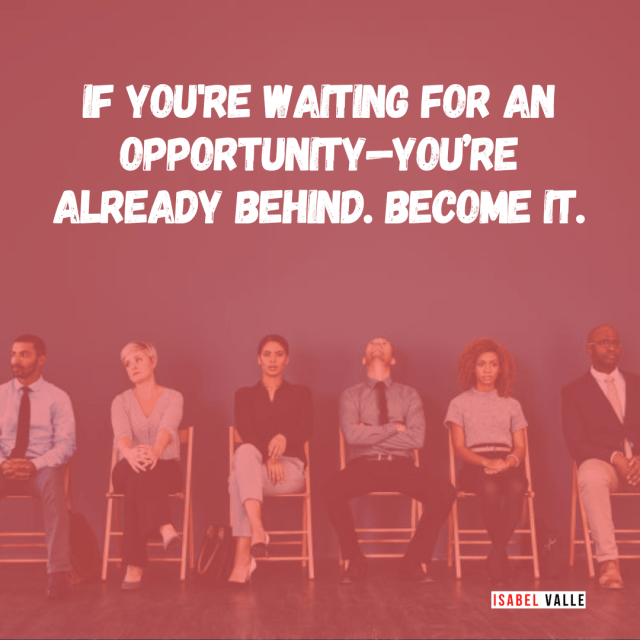
We’ve been sold a version of resilience that’s all about gritting your teeth, pushing through, and powering on. In leadership circles especially, resilience is often equated with strength, endurance, and mental toughness—as if the badge of honor is how much you can withstand before you break.
But real resilience? It’s something else entirely.
True resilience isn’t about how hard you hit the wall. It’s about how clearly and consciously you rebound from it.
When challenges strike—tight deadlines, unexpected feedback, a misstep that derails progress—the strongest leaders don’t just brace for impact. They pause. They breathe. They reflect. And then they pivot, not from panic or pride, but from clarity.
The Shift from Toughness to Responsiveness
Let’s reframe this idea. Resilience is not about powering through pain or pretending everything is okay. It’s not the mental version of “man up” or “soldier on.” That kind of resilience might help you survive, but it rarely helps you thrive.
Instead, the most effective, grounded leaders understand that emotional responsiveness is their superpower. They allow themselves to feel the discomfort, process the moment, and then make conscious choices about how to move forward. They don’t rush to react—they reset.
There’s a beautiful kind of intelligence that emerges when you give yourself the space to pause and recalibrate. It’s in those moments that clarity speaks. It’s in those moments that growth happens.
The Neuroscience of the Pause
This isn’t just philosophical—it’s biological. Neuroscience tells us that a simple breathing practice can recalibrate your brain in under three minutes. When we’re under pressure, our limbic system (the emotional brain) takes the wheel, often leading to impulsive, reactive decisions.
But when we pause—literally stop, inhale deeply, and exhale slowly—we activate the parasympathetic nervous system. This lowers cortisol, softens our stress response, and re-engages the prefrontal cortex—the part of the brain responsible for higher-order thinking, problem-solving, and empathy.
Just imagine the difference between reacting from stress and leading from clarity. That’s the power of the pause.
Emotional Intelligence in Action
This kind of resilience is deeply connected to emotional intelligence. Leaders who are self-aware, empathetic, and intentional with their energy have an edge. They are less likely to spiral in the face of pressure. They know how to self-regulate. They seek insight, not blame. And they role-model psychological safety by showing up fully human in moments of uncertainty.
It’s not about being perfect. It’s about being present.
When we show up with vulnerability and emotional clarity, we invite our teams to do the same. We set a tone that says: “We don’t have to have all the answers, but we do need to stay awake and aware to find them together.”
Rituals That Help You Rebound with Clarity
So how do we build this kind of resilient leadership? Not through sheer willpower—but through small, intentional rituals that give us room to breathe and space to reset.
Here are a few simple practices I recommend:
-
Micro-breathing breaks. After a tough meeting or unexpected stressor, step away for three minutes. Inhale deeply, hold, exhale slowly. Do this three times. This one act can shift your entire state of mind.
-
Reflective journaling. Before reacting, jot down what you’re feeling and what story you’re telling yourself. This separates emotion from fact and helps you gain perspective.
-
Emotional check-ins. Ask yourself: What am I feeling right now? What do I need? What is this moment asking of me?
-
Reach out. Find your people—the ones who ground you and remind you who you are. A 10-minute phone call with a peer coach or trusted colleague can shift your energy entirely.
These aren’t revolutionary practices. But used consistently, they have revolutionary effects.
From Individual Resilience to Collective Strength
In today’s fast-changing world of work, resilience is more than a personal leadership trait—it’s an organizational capability. Teams that rebound quickly, adapt with grace, and support each other through ambiguity are the ones that innovate and grow.
But it starts with you.
When you normalize pauses, breathwork, reflection, and conscious pivots in your own leadership, you model something powerful: that resilience isn’t about suppressing emotion—it’s about surfacing wisdom.
A Future-Ready Skill
As we move into a future marked by volatility, hybrid work, and constant reinvention, resilience will continue to be a cornerstone of sustainable leadership. But not the old version.
What’s needed now is what I call responsive resilience—the ability to respond with presence, awareness, and emotional agility. To notice what’s happening, stay curious, and make choices from clarity instead of fear.
This is the kind of resilience that builds trust. That creates psychological safety. That empowers teams. That invites reinvention.
Your Turn – Let me leave you with this:
“Resilience isn’t about how tough you are. It’s about how clearly you can see again after the storm.”
So, over to you…
-
What resilience ritual can you commit to this week?
-
Where in your leadership are you reacting instead of reflecting?
-
What would it look like if your rebound became your greatest source of clarity?
If this resonates with you, let’s go deeper. Contact me to start leading from a place of grounded clarity and master the reset today.


 Available now on Amazon
Available now on Amazon 












